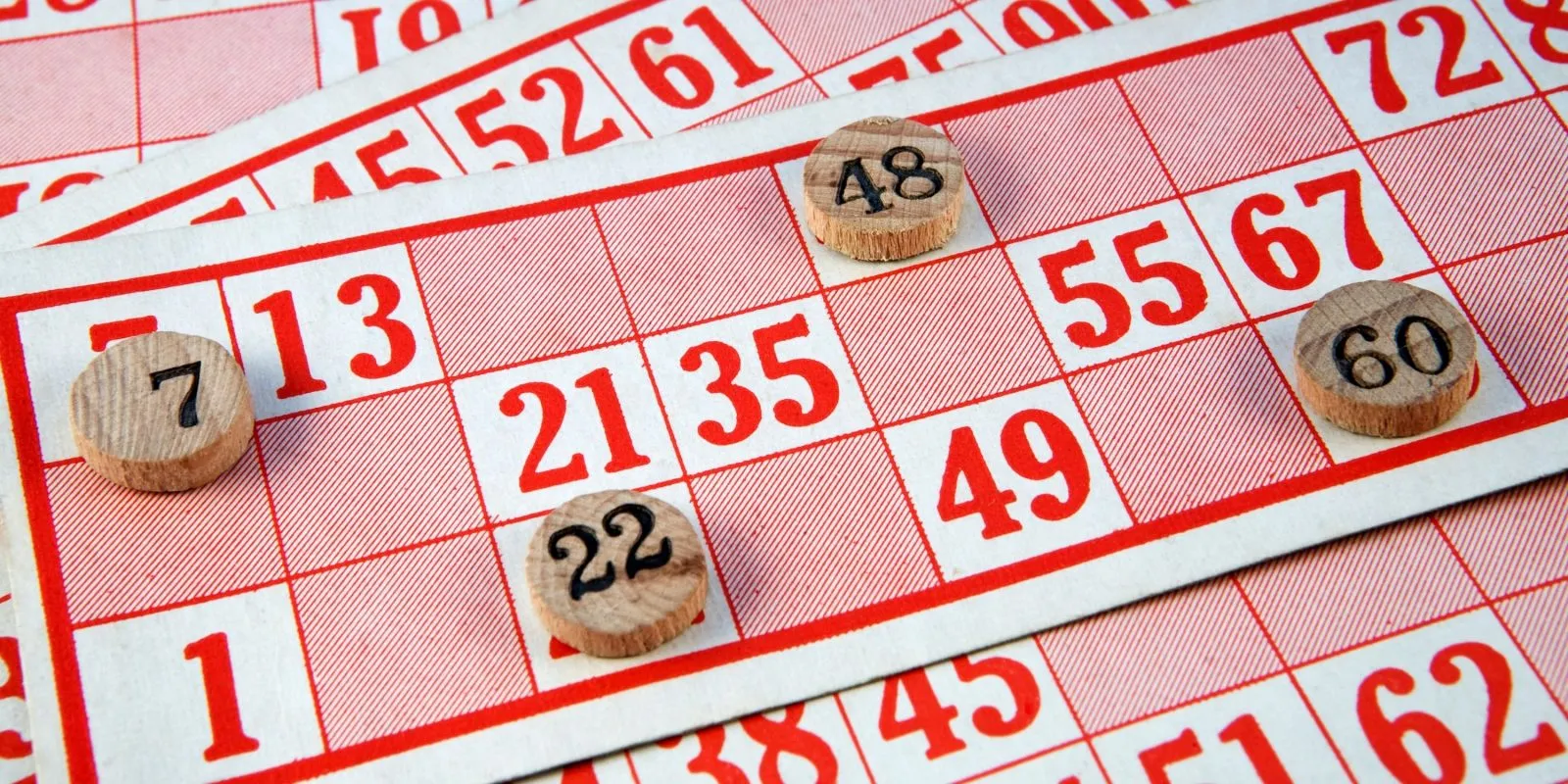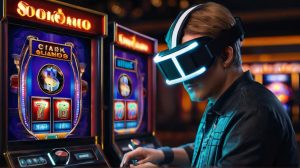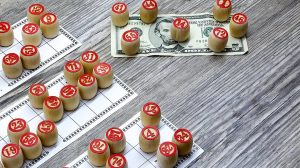
Bingo Terminology – Essential Terms to Know
Bingo has evolved beyond being just an afternoon diversion; it’s now an essential educational tool that encourages socialization and develops cognitive capabilities.
Bingo may have taken its name from ABBA’s hit song ‘Dancing Queen,” although various rhymes exist that define each number.
A session is defined as an evening or daytime program of regular games played on hard cards and special games on throwaways, flimsies or paper sheets. A set consists of all 9,000 individual bingo faces in one color.
Numbers
Bingo players rely heavily on calling numbers that resonate with historical or popular cultural references to achieve success in their game. Most numbers have unique nicknames attached that reflect this.
Example: the number 88 has been described as looking like two fat ladies sitting next to one another. A caller will use different techniques to identify wild numbers; for instance, 89 may be called “halfway there,” since it’s one away from 90 (the final possible number in this game).
A dauber is an instrument that enables players to mark called numbers on paper-like cards with its foam tip, marking each number that is called. Players often combine this device with electronic terminals that store and display multiple cards (TED systems).
Patterns
Bingo patterns refer to the shapes that your numbers should form on your card in order to win. Each pattern in this game has its own distinct significance; some require matching one number while others are more complicated.
A session is an evening or daytime program featuring several games played simultaneously on hard cards and throwaways (flimsies), thin sheets with three to nine cards printed on it. A throwaway (flimsy) may also be included for special purposes.
“One-to-go” or “two-to-go,” as used here, indicates when one more number remains before winning the game. Additionally, “TG” can also serve as an abbreviation for “thanks.” AFAIK stands for as far as I know or as far as I can tell.
Prizes
Prizes awarded at bingo games vary by type and may include cash, merchandise or event tickets that can be sold as fundraisers for organizational events and charities. Some games also provide consolation prizes if no one calls bingo within a specific number of calls.
An ink marker specifically designed to mark off numbers on bingo cards as they are called. Also referred to as a dauber or TED, this handy device helps keep track of cards while offering you an effective tool for winning bingo games.
Symbols
Bingo players use symbols to mark off numbers on their card. These symbols vary, with most employing clever rhymes to help differentiate between numbers called out by the caller. They may even come up with creative nicknames for each one – adding another layer of entertainment!
Progressive Jackpot: This progressive prize grows until it is won, typically by achieving a full house or coverall within a certain number of calls. It is often found in special games requiring an additional buy-in fee.
Terms used in reference to an on-the-way pattern in bingo that builds anticipation before an imminent bingo win! A great way to create tension during gameplay!
Variations
Bingo terminology can be vast and complex. Roomies use shorthand to communicate quickly and efficiently during games and keep games moving quickly and efficiently.
Pattern that involves calling all numbers consecutively to win; also known as a blackout or coverall.
Number printed over each “N” in BINGO on each face to identify and keep out unauthorized paper from games; each series of 9,000 faces has a distinct number printed across its “N”.
Daubers are ink markers with foam tips used to mark called numbers on either flimsies or hard cards. Commonly referred to as dabblers or daubers, daubers are essential tools for any serious bingo player.


